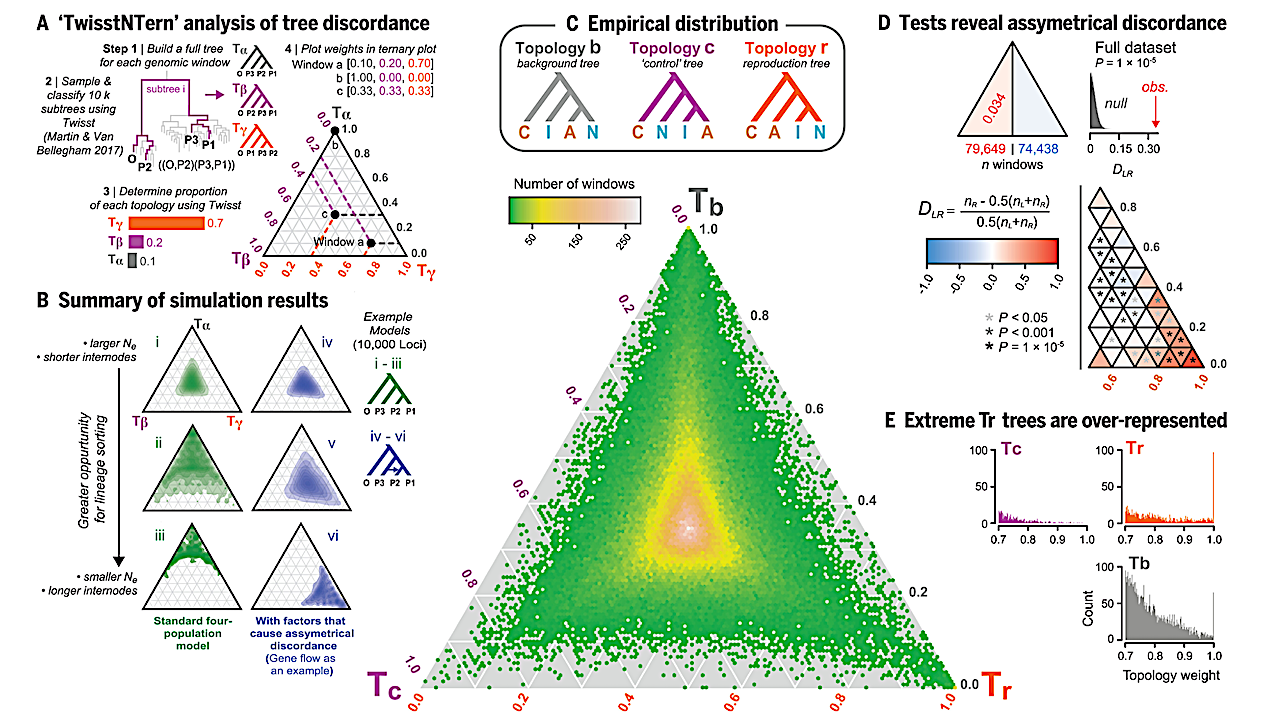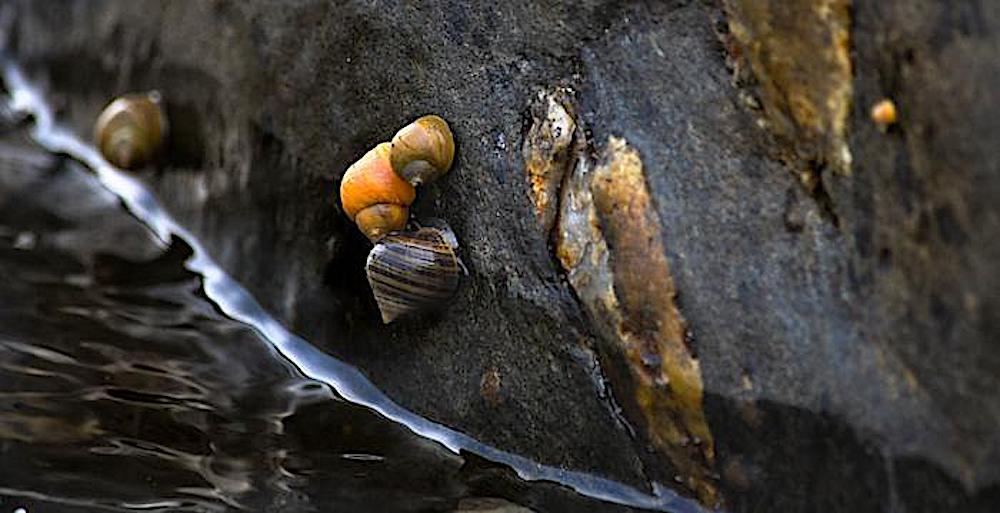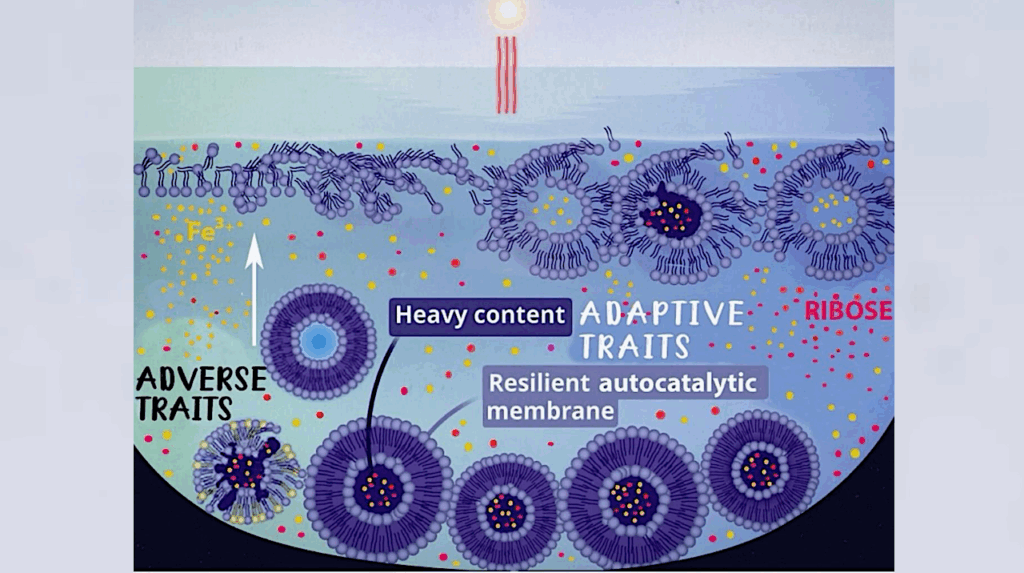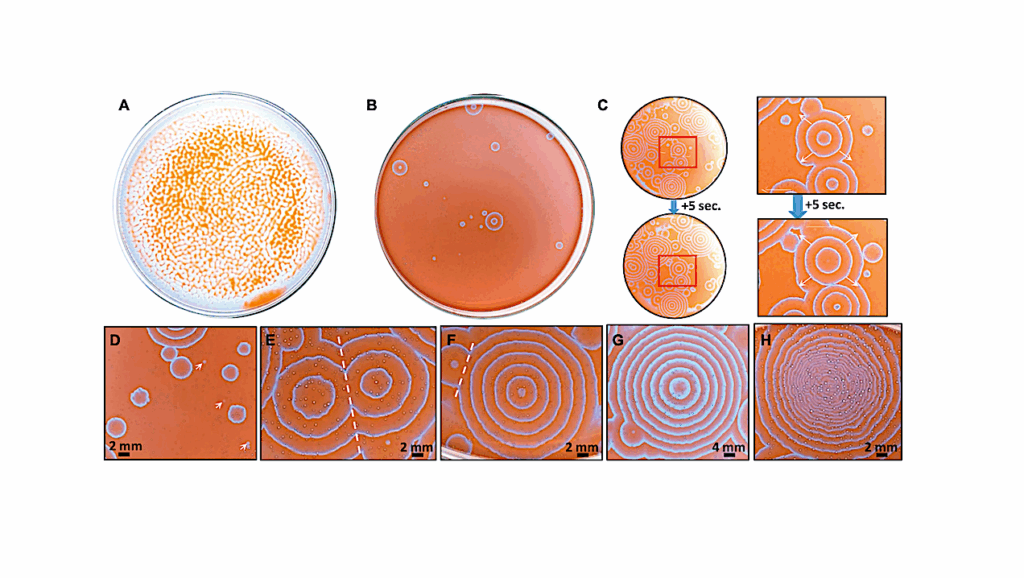Biologists Uncover The Secrets Of Evolutionary Change

Significant evolutionary changes happen gradually as opposed to in dramatic ‘monster’ steps, biologists have discovered, answering the long-debated question as to how game-changing innovations like flight, vision, and the bearing of live offspring came to be.
Evolution is usually a gradual process, taking place over small, incremental steps, but occasionally producing striking new functions, like feathers that eventually allowed birds to fly.
Until now, it has been difficult to understand how these significant evolutionary changes have happened, partly because many of them took place so long ago and partly because it is hard to imagine intermediate stages. Some have suggested that they occur in big steps, when large-effect mutations give rise to ‘hopeful monsters’; others have argued that innovations are built gradually, with natural selection favouring intermediate steps.
By obtaining and studying whole-genome sequences from a group of marine snails, which have made a recent shift from egg-laying to live-birth, scientists at the University of Sheffield and their collaborators at the University of Gothenburg and Institute of Science and Technology Austria, are now able to settle the debate for at least one example.
The study used new methodology to discover whether this new shift in birthing style happened rapidly or gradually, findings which could then be applied to help explain other dramatic shifts in evolution.
Scientists were able to identify 50 genes that are perfectly associated with reproductive mode, as well as estimate the time of their origin. The results showed they accumulated gradually, spreading at different times in the past. This demonstrates that innovation can evolve progressively, rather than in a single evolutionary step.

Littorina snails are common on the rocky shores of Europe, the UK, and the East Coast of the USA CREDIT Daria Shipilina
Professor Roger Butlin, from the University of Sheffield’s School of Biosciences, said: “The evolutionary origin of key innovations is important to understand because they can dramatically change the course of evolution, like when live-bearing led to the diversification of mammals or feathers helped birds to evolve flight. Until now however, there have been few opportunities to study these, mainly because most evolutionary changes happened so long ago.
“By discovering and studying the recent evolutionary shift in the way marine snails give birth, we’re now able to understand these major changes and apply our methods to many other evolutionary shifts.”
He added: “Our results will change the way biologists view major evolutionary transitions, shifting the focus away from big leaps in evolution towards understanding the progressive benefits of small evolutionary steps. They will also help others dissect the genetic and historical basis of other adaptive traits, which is important when many organisms are being forced to adapt rapidly to a changing world.”
The team now plan to study the functions of the genes they have identified, in order to understand the series of evolutionary steps that led to live birth. They also hope that their methods will be applied to other types of adaptation, including things like thermal tolerance, which must evolve if some species are to survive climate change.
The genetic basis of a recent transition to live-bearing in marine snails, Science
Astrobiology








